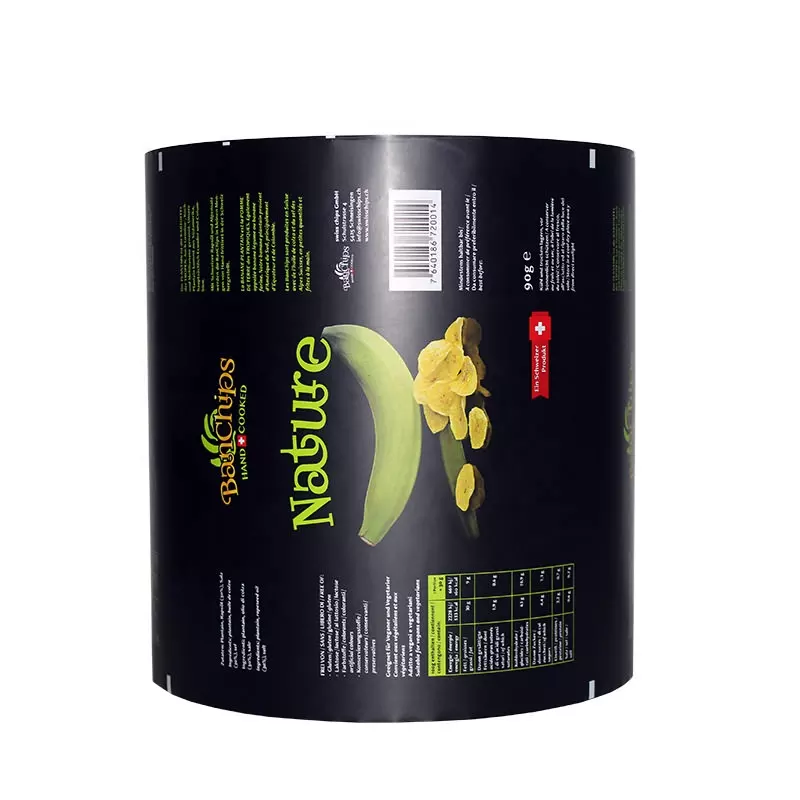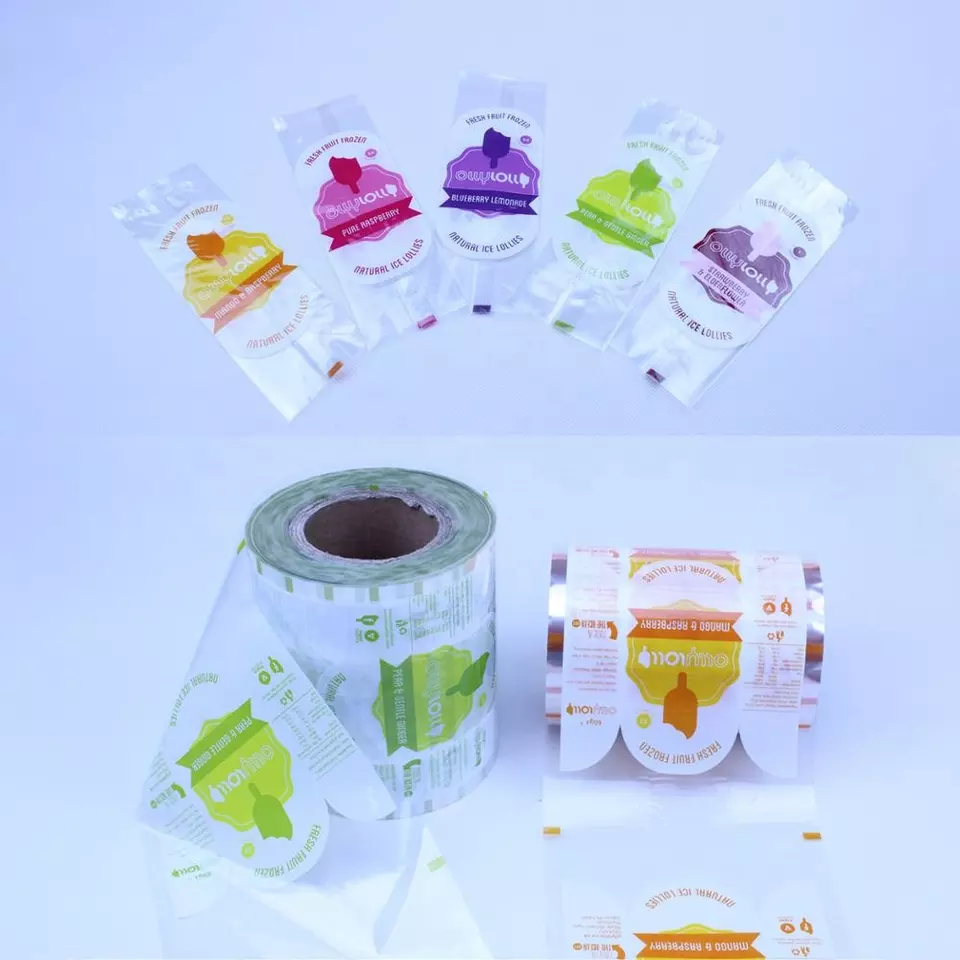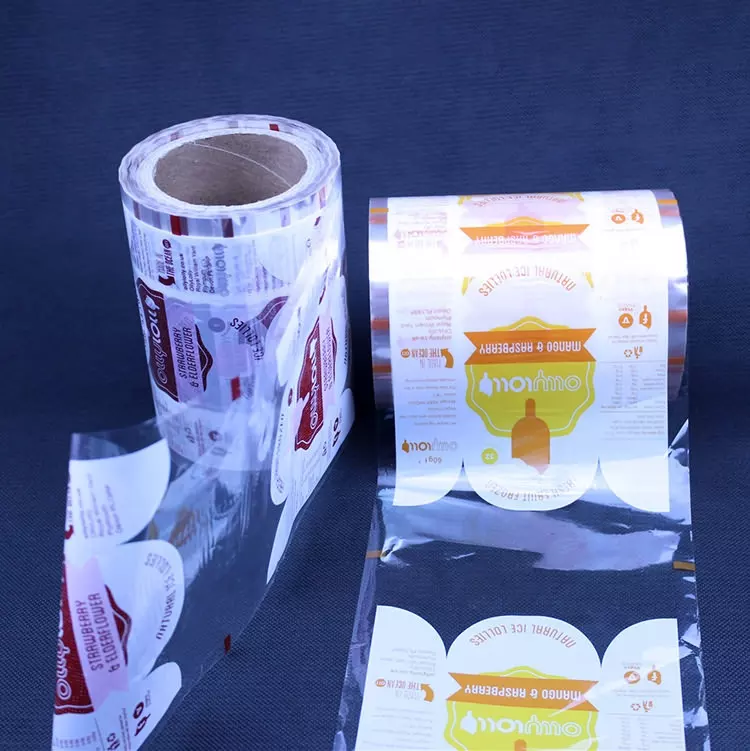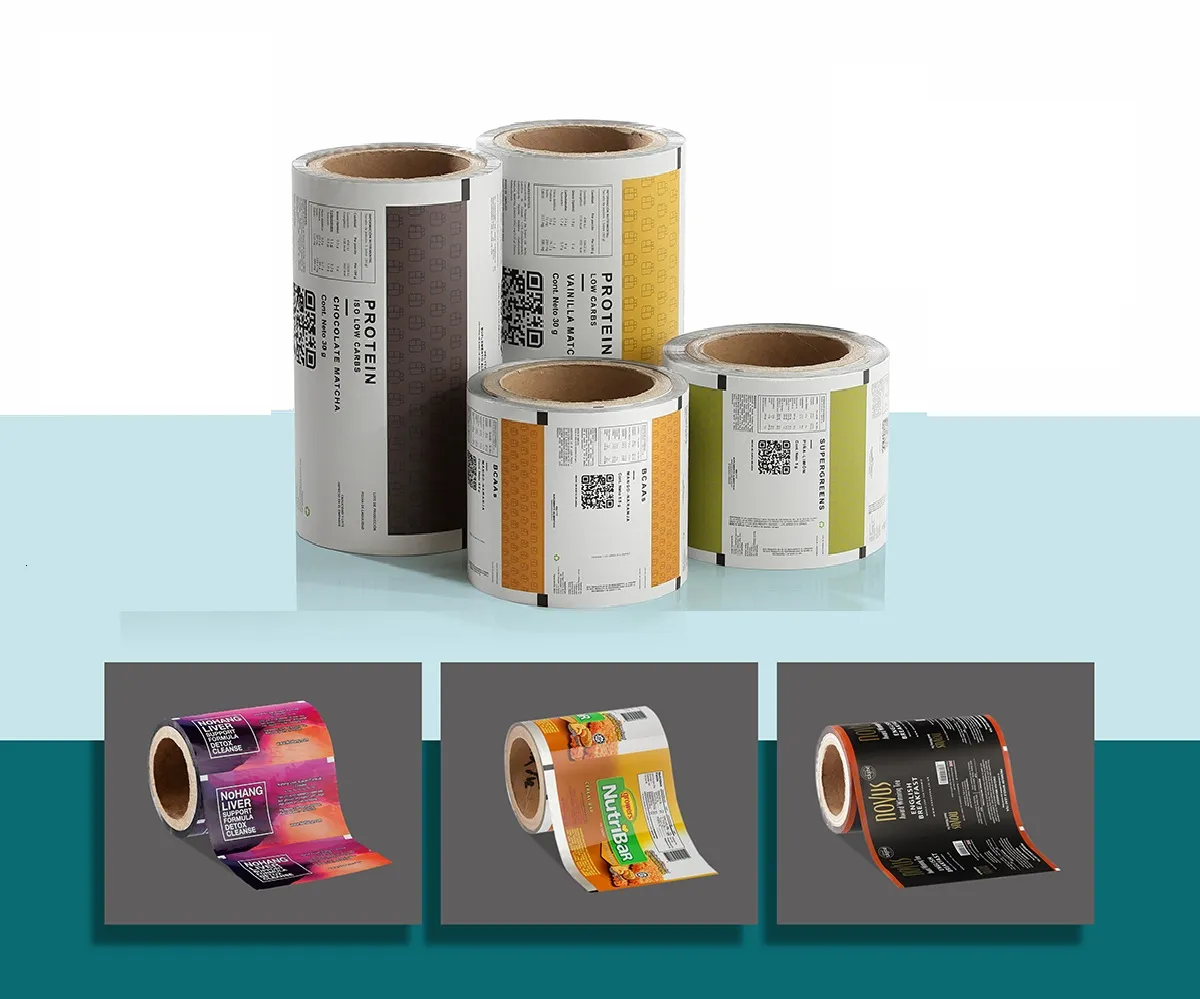- Afrikaans
- Albanian
- Amharic
- Arabic
- Armenian
- Azerbaijani
- Basque
- Belarusian
- Bengali
- Bosnian
- Bulgarian
- Catalan
- Cebuano
- chinese_simplified
- chinese_traditional
- Corsican
- Croatian
- Czech
- Danish
- Dutch
- English
- Esperanto
- Estonian
- Finnish
- French
- Frisian
- Galician
- Georgian
- German
- Greek
- Gujarati
- haitian_creole
- hausa
- hawaiian
- Hebrew
- Hindi
- Miao
- Hungarian
- Icelandic
- igbo
- Indonesian
- irish
- Italian
- Japanese
- Javanese
- Kannada
- kazakh
- Khmer
- Rwandese
- Korean
- Kurdish
- Kyrgyz
- Lao
- Latin
- Latvian
- Lithuanian
- Luxembourgish
- Macedonian
- Malgashi
- Malay
- Malayalam
- Maltese
- Maori
- Marathi
- Mongolian
- Myanmar
- Nepali
- Norwegian
- Norwegian
- Occitan
- Pashto
- Persian
- Polish
- Portuguese
- Punjabi
- Romanian
- Russian
- Samoan
- scottish-gaelic
- Serbian
- Sesotho
- Shona
- Sindhi
- Sinhala
- Slovak
- Slovenian
- Somali
- Spanish
- Sundanese
- Swahili
- Swedish
- Tagalog
- Tajik
- Tamil
- Tatar
- Telugu
- Thai
- Turkish
- Turkmen
- Ukrainian
- Urdu
- Uighur
- Uzbek
- Vietnamese
- Welsh
- Bantu
- Yiddish
- Yoruba
- Zulu
High Barrier Aseptic Bag | Aluminum Foil Barrier Bags
In an era where consumer demand for fresh, preservative-free products with extended shelf life is paramount, aseptic packaging technology has emerged as a cornerstone of the food, beverage, and pharmaceutical industries. At the heart of this revolution is the aseptic bag, a marvel of material science and engineering designed to preserve product integrity without refrigeration or preservatives. This comprehensive guide delves into the world of aseptic packaging, exploring everything from industry trends and technical parameters to advanced solutions like the high barrier bag and aluminum foil bag. We will explore the intricate manufacturing processes, compare leading solutions, and demonstrate why specialized products like DSLPACK's Easy Peel Roll Stock Film are setting new industry benchmarks.
Section 1: The Ascendancy of Aseptic Packaging: Market Trends & Future Outlook
The global aseptic packaging market is experiencing unprecedented growth. According to a report by Grand View Research, the market size was valued at USD 66.48 billion in 2022 and is projected to grow at a compound annual growth rate (CAGR) of 9.9% from 2023 to 2030. This surge is driven by several key factors: the rising consumer preference for healthy and convenient foods, the expansion of dairy and beverage industries in developing economies, and the inherent logistical and environmental benefits. An aseptic bag significantly reduces transportation costs by eliminating the need for cold chain logistics and its lightweight nature lowers fuel consumption, contributing to a smaller carbon footprint. This shift towards more sustainable and efficient packaging formats positions the barrier bag and its variants as critical components of the modern supply chain.

Section 2: Deconstructing the Aseptic Bag: Material Science and Key Technical Parameters
An aseptic bag is far more than a simple pouch; it is a sophisticated multi-layered structure engineered for ultimate protection. Each layer serves a specific purpose, working in synergy to create an impenetrable fortress against external contaminants, primarily oxygen and moisture, which are the main culprits of spoilage.
The construction typically involves several polymers. The innermost layer is usually food-grade Polyethylene (PE), providing a safe, inert contact surface and excellent sealing properties. The core of the bag’s performance lies in its barrier layers. A common high-performance barrier is Ethylene Vinyl Alcohol (EVOH), which offers an exceptional barrier to oxygen. For the most sensitive products requiring a near-perfect barrier, an aluminum foil bag structure is employed. The aluminum layer is virtually impermeable to oxygen, moisture, light, and aroma. Outer layers, often made of PET or Nylon, provide mechanical strength, puncture resistance, and a printable surface.
Standard Technical Specifications for High-Performance Aseptic Bags
Understanding the technical data is crucial for selecting the right packaging. Below is a table outlining key performance indicators (KPIs) for a typical high-quality aseptic bag.
| Parameter | Typical Value / Standard | Significance in Performance |
|---|---|---|
| Material Structure | e.g., PET / AL / NY / PE or PE / EVOH / PE | Determines the overall barrier properties, strength, and application suitability. |
| Oxygen Transmission Rate (OTR) | < 0.1 cc/m²/24hr (for foil); < 1 cc/m²/24hr (for EVOH) | A lower OTR is critical for preventing oxidation, which affects flavor, color, and nutritional value. Measured according to ASTM D3985. |
| Water Vapor Transmission Rate (WVTR) | < 0.1 g/m²/24hr (for foil); < 1 g/m²/24hr (for EVOH) | A low WVTR is essential to prevent moisture gain or loss, maintaining the product's intended consistency and water activity. Measured as per ASTM F1249. |
| Overall Thickness | 90 - 200 microns (µm) | Impacts the bag's durability, puncture resistance, and feel. Must be optimized for both protection and material usage. |
| Tensile Strength | > 50 MPa (MD/TD) | Indicates the film's resistance to breaking under tension, crucial for handling and transportation. Tested via ASTM D882. |
| Puncture Resistance | > 25 N | Measures the force required to puncture the bag, vital for protecting against sharp objects during transit (e.g., in a bin or drum). |
| Sterilization Compatibility | Gamma Irradiation, E-beam | The bag material must withstand pre-sterilization processes without degrading its physical or barrier properties. |
| Regulatory Compliance | FDA 21 CFR 177.1520, BRCGS, ISO 9001:2015 | Ensures the materials are safe for direct food contact and that the manufacturing process adheres to global quality and safety standards. |
Section 3: The Manufacturing Blueprint: A Journey from Polymer to High-Performance Barrier Pouch
The creation of a sterile aseptic bag is a high-precision process that occurs in a controlled, cleanroom environment. The journey from raw polymer resins to a finished, sterile barrier pouch involves multiple, technologically advanced steps. This ensures that every bag meets the stringent requirements for aseptic filling.

Aseptic Bag Manufacturing Process Flow
1. Raw Material Inspection (PE, PET, EVOH, AL Foil)
2. Multi-Layer Film Co-extrusion or Lamination
3. High-Definition Printing (Optional)
4. Bag Forming & Thermal Sealing
5. Fitment / Spout Welding
6. Gamma Ray Sterilization
7. Final QC & Packaging
The critical stage is **Step 2: Film Co-extrusion/Lamination**. In co-extrusion, multiple polymer resins are melted and extruded simultaneously through a single die to form a seamless, multi-layered film. This advanced technique eliminates the need for adhesives between layers, resulting in a purer and more durable structure. For structures involving aluminum foil, a lamination process is used, where the foil is bonded to polymer layers. **Step 6: Gamma Ray Sterilization** is the terminal step that renders the entire bag, including the fitment, commercially sterile (typically achieving a Sterility Assurance Level of 10⁻⁶), making it ready for aseptic filling lines without any further treatment by the end-user. Quality control is not just a final step but a continuous process, with in-line monitoring and post-production lab testing (e.g., gas chromatography for OTR) to guarantee performance.
Section 4: DSLPACK's Edge: A Deep Dive into Easy Peel Roll Stock Film
While pre-made bags are common, many large-scale food processors utilize Form-Fill-Seal (FFS) machinery, which requires high-performance roll stock film. This is where DSLPACK's Easy Peel Roll Stock Film truly shines. It is engineered not just as a barrier bag material but as an integrated component of an efficient production line. It combines the robust protection of a traditional aseptic bag with enhanced functionality.
The "Easy Peel" characteristic is a significant innovation. It ensures a strong, hermetic seal during storage and transport but allows for clean, effortless opening by the end-user, without tearing or delamination. This is achieved through a specialized sealant layer with controlled adhesion properties.
Data-Driven Performance: Visualizing the Superiority
Visual data provides a clear picture of performance. Here's how DSLPACK's film stacks up.
Barrier Performance Comparison: OTR (cc/m²/24hr)
Lower is better. DSLPACK's film offers up to 5 times more oxygen protection, drastically extending product shelf life.
Material Composition of a High-Performance Film
- 50% Structural & Sealing Layers (PE)
- 35% Strength & Puncture Layer (Nylon/PET)
- 10% Barrier Layer (EVOH/AL)
- 5% Tie/Adhesive Layers
This multi-layer composition is meticulously engineered for balanced performance, combining strength, sealability, and an uncompromising barrier.
Section 5: Experience in Action: Aseptic Bag Applications & Case Studies
The true measure of any packaging solution is its performance in the real world. The versatility of the aseptic bag and its variants like the high barrier bag allows them to be used across a vast spectrum of industries, solving unique challenges for each.
Diverse Application Scenarios:
- Food & Beverage: This is the largest market. For products like tomato paste, fruit purees, and tropical juices, the aseptic bag (often a 220L bag-in-drum format) allows for the preservation of fresh flavor and nutrients from harvest to processing, often for up to 24 months, without refrigeration. For wine, specialized barrier pouches prevent oxidation, preserving the delicate bouquet and taste.
- Dairy Products: Liquid milk, cream, and yogurt mixes can be packaged aseptically, enabling distribution to regions without a reliable cold chain infrastructure.
- Pharmaceuticals & Biotech: In this sector, sterility is non-negotiable. Aseptic bags are used for sterile water for injection (WFI), saline solutions, and cell culture media, ensuring product purity and patient safety.
- Cosmetics & Chemicals: High-value, sensitive lotions, gels, and chemical reagents are protected from contamination and degradation, ensuring product efficacy.

Case Study: Global Juice Co. Expands Market Reach
Client: A leading producer of premium tropical fruit purees.
Challenge: The company faced significant product spoilage and high logistics costs associated with shipping frozen purees from South America to Europe and Asia. The freezing and thawing process also negatively impacted the fresh flavor profile of their product.
Solution: They transitioned from frozen pails to DSLPACK's 220L aluminum foil bag in drums. The bags were filled aseptically near the harvest location.
Results:
- Shelf Life: Increased from 12 months (frozen) to 18 months (ambient).
- Logistics Savings: Eliminated refrigerated shipping, reducing freight costs by over 35%.
- Product Quality: Sensory panel tests confirmed a "noticeably fresher" taste and aroma compared to the previously frozen product.
- Market Expansion: The cost savings and improved quality allowed them to competitively enter new markets in Southeast Asia. This demonstrates tangible business growth fueled by the right packaging choice.
Section 6: Navigating the Manufacturer Landscape: Choosing the Right Partner
Selecting a supplier for critical packaging like an aseptic bag is a strategic decision. The market contains a mix of large, multinational corporations and specialized, agile manufacturers. Understanding the differences is key to finding a partner that aligns with your needs.
Manufacturer Comparison: Generalist vs. Specialist
| Feature | Large Multinational Supplier | Specialized Manufacturer (e.g., DSLPACK) |
|---|---|---|
| Product Portfolio | Broad, often with standardized offerings. | Focused expertise in high-barrier flexible packaging. |
| Customization | Limited; often requires very high volumes for custom designs. | Core competency. Flexible customization of size, material, and fitments. |
| Minimum Order Quantity (MOQ) | Typically very high, can be a barrier for SMEs or new product launches. | More flexible MOQs to support businesses of all sizes. |
| Technical Support | Generalist support, may have slower response times. | Direct access to material scientists and packaging engineers for expert advice. |
| Agility & Lead Time | Longer lead times due to complex global supply chains. | Streamlined operations for faster turnaround and responsive service. |
| Certifications | Fully certified (ISO, BRC, etc.). | Fully certified (ISO, BRC, FDA), with a focus on food-safety schemes. |
For businesses that require tailored solutions, deep technical collaboration, and responsive service, a specialist partner like DSLPACK often provides superior value. Their focused knowledge of barrier bag technology allows them to act not just as a supplier, but as a development partner.
Section 7: The Power of Customization: Engineering Your Perfect Barrier Pouch
One-size-fits-all is not a viable strategy for high-value products. A truly effective aseptic bag is one that is perfectly tailored to the product it protects, the filling machinery it runs on, and the supply chain it travels through.

Key Customization Parameters:
- Capacity & Dimensions: From small 1L barrier pouches for retail to massive 1,400L bags for industrial transport, the size can be precisely matched to the application.
- Film Structure: The most critical customization. A customer can choose between a transparent high-barrier film (with EVOH) for product visibility or a metallized/aluminum foil film for maximum protection against light and oxygen. The thickness and type of polymer layers can be adjusted to balance cost and performance.
- Fitments & Spouts: A wide array of spouts, valves, and glands are available to match different aseptic filling heads (e.g., Elpo, Scholle, Astepo). The fitment position and design can be optimized for dispensing efficiency.
- Printing & Branding: High-quality rotogravure or flexographic printing allows the bag to become a powerful branding tool, with vibrant graphics and essential product information printed directly on the outer layer.
Working with a supplier that offers comprehensive customization ensures you are not over-engineering (and over-paying for) a bag for a robust product, nor under-engineering a bag for a highly sensitive one. It's about finding the perfect equilibrium of protection, cost, and functionality.
Section 8: Trust, Transparency, and Traceability: Our Commitment to Quality
In the world of aseptic packaging, trust is the most valuable currency. A single packaging failure can lead to catastrophic losses, product recalls, and brand damage. This is why a commitment to quality, backed by verifiable credentials and transparent processes, is non-negotiable. This is the foundation of EEAT (Experience, Expertise, Authoritativeness, Trustworthiness) that Google values.
Pillars of Trustworthiness:
- Industry Certifications: We operate under globally recognized standards. Our facilities are certified to ISO 9001:2015 for quality management and hold a top grade from the BRCGS Global Standard for Packaging Materials, a benchmark for food safety.
- Regulatory Compliance: All materials used in our aseptic bag products are compliant with FDA and EU regulations for direct food contact, ensuring consumer safety.
- Rigorous In-House Testing: Our on-site quality assurance laboratory is equipped with state-of-the-art equipment to perform a battery of tests on every production batch, including OTR/WVTR analysis, seal strength testing, drop tests, and migration tests.
- Full Traceability: From raw material intake to final shipment, every aseptic bag carries a unique batch code, allowing for complete traceability throughout the supply chain.
- Customer Support & Warranty: We stand behind our products with a comprehensive warranty and provide dedicated technical support to assist with any challenges, from initial specification to final implementation on the filling line. Typical delivery cycles are communicated clearly upon order confirmation, ensuring our clients can manage their production schedules effectively.
Section 9: FAQ - Your Aseptic Bag Technical Questions Answered
A standard poly bag is typically a single-layer polyethylene bag designed for general, non-sterile applications. An aseptic bag is a highly-engineered, multi-layer composite structure that has been terminally sterilized (usually by gamma irradiation). Its purpose is to be filled in a sterile environment and to maintain that sterility, protecting the contents from microbiological and atmospheric contamination for an extended period without refrigeration.
While a clear barrier film with EVOH offers an excellent oxygen barrier, an aluminum foil bag provides what is known as a "perfect" or "absolute" barrier. Aluminum foil is virtually impermeable to oxygen, water vapor, UV light, and aroma. This makes it the ultimate choice for extremely sensitive products, those requiring the longest possible shelf life, or products that are highly susceptible to light-induced degradation (like certain vitamins and colorants).
OTR stands for Oxygen Transmission Rate, and WVTR stands for Water Vapor Transmission Rate. They are standardized measures of how much oxygen or water vapor can pass through a given area of film over a 24-hour period. These metrics are critical because oxygen causes oxidative spoilage (rancidity, color change, nutrient loss), and moisture exchange can alter a product's texture, concentration, and microbial stability. For barrier pouches, the lower the OTR and WVTR values, the better the protection and the longer the product's shelf life.
This is an important and complex topic. Multi-layer, multi-material films, which are necessary to achieve the required barrier properties, are traditionally difficult to recycle. However, the industry is making significant strides. We are actively developing "recycle-ready" mono-material PE-based barrier pouches that offer high barrier properties. Furthermore, the significant reduction in food waste and transportation emissions from using aseptic bags contributes positively to their overall lifecycle assessment compared to other packaging formats.
Our aseptic bags are designed to be pre-sterilized by us before they are shipped to the customer. The standard and most effective method for sterilizing the empty bags is gamma irradiation or E-beam. These methods penetrate the packaging to ensure the entire bag, including the fitment and cap, is commercially sterile. The bags are not designed for in-package product sterilization methods like retorting, which involves high heat and pressure.
To provide an accurate quote, we need to understand your needs. Key information includes: 1) The product you are packaging (to determine barrier requirements). 2) The desired volume/capacity of the bag. 3) The type of filling machine and fitment you use. 4) The expected shelf life. 5) Any printing or special feature requirements. The more detail you provide, the better we can tailor the perfect aseptic bag solution for you.
After terminal sterilization, the bags are immediately sealed within a tough, tear-resistant outer PE bag, which acts as a contamination barrier during transport and storage. This outer bag is only removed within the cleanroom or sterile zone of the aseptic filling line just moments before the aseptic bag itself is loaded into the filler. This two-layer packaging system is a critical control point that safeguards the sterility of the primary bag until the moment of use.
Authoritative References & Further Reading
- "Aseptic Processing and Packaging for the Food Industry - Second Edition," Journal of Food Science. An academic overview of the principles and technologies involved. Read on ScienceDirect
- "Guidance for Industry: Sterile Drug Products Produced by Aseptic Processing," U.S. Food and Drug Administration (FDA). While focused on pharma, the principles of sterility assurance are universal and demonstrate the level of quality required. View FDA Guidance
- "The Future of Packaging: A Look at Aseptic Technology," Packaging World Magazine. Industry insights on market trends and innovations. Explore on Packaging World













